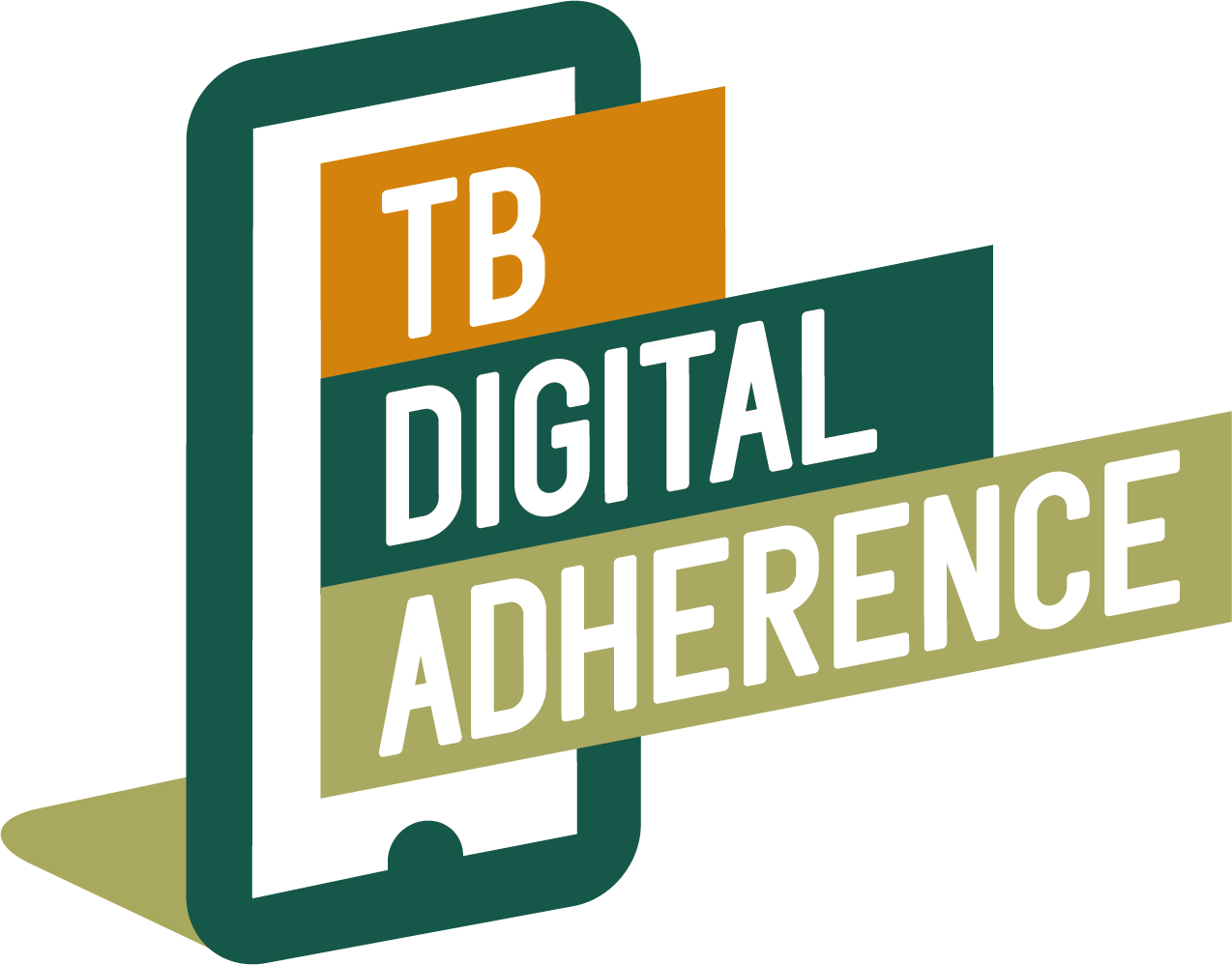Acceptability and Feasibility of Digital Adherence Technology (DAT) in TB REACH project in Ukraine (wave 6)
Aleksey Bogdanov PATH (Ukraine), Ilona Yeleneva (LHSI), Jan Edwin Waanders (LHSI), Svetlana McGill (LHSI), Marina Smelyanskaya (Stop TB Partnership).
Objectives:
The goal of this descriptive study is to understand the factors that promote or hinder the implementation and/or performance of the DAT tools in supporting treatment adherence. The study uses a standardized approach to collecting data across all TB REACH DAT projects14 focusing mainly on two components of implementation research (IR) framework, acceptability and feasibility.
In this study, acceptability and feasibility are defined as:
Acceptability – perceptions about using DAT among patients and health care workers (HCWs).
Constructs for measuring acceptability are basedon the Technology Acceptance Model (TAM) and the Unified Theory of Acceptance and Use of Technology (UTAUT) and include perceived ease of use, and perceived usefulness, user satisfaction of the tools, and cultural and social acceptability.
Feasibility – the extent to which the DAT can be practically used in a setting. This includes technology infrastructure and access to mobile phones, cellular networks, and charging batteries.
